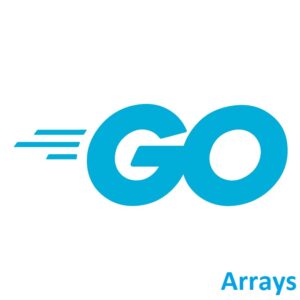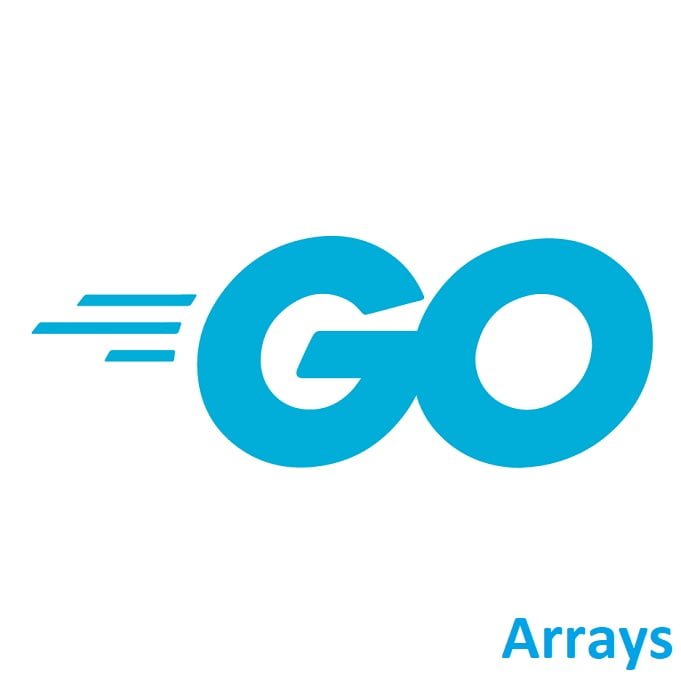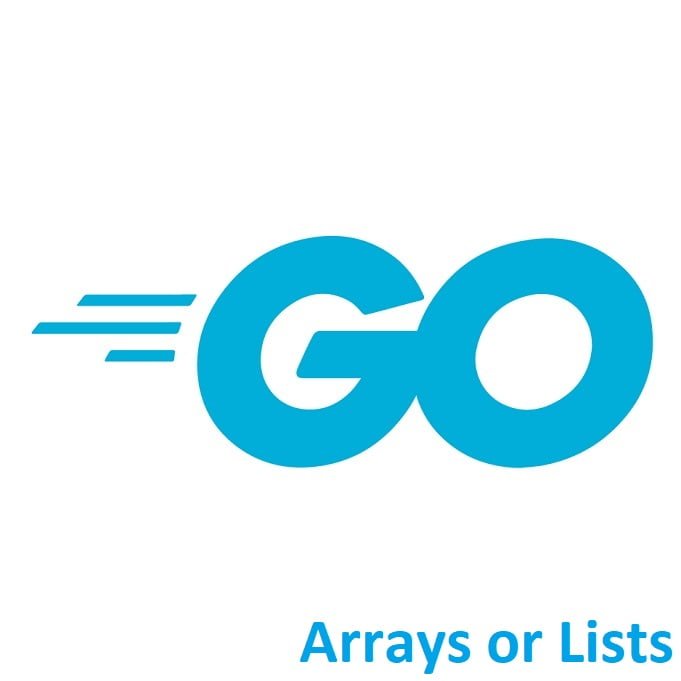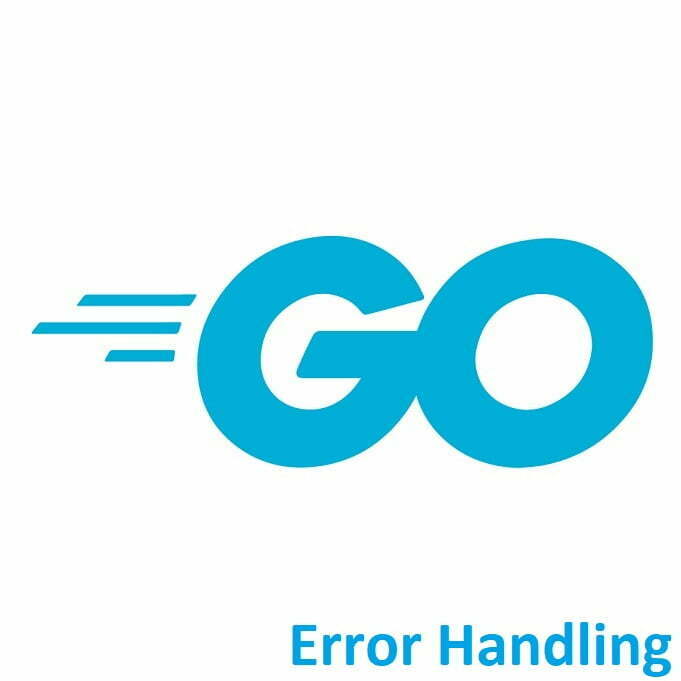
Sequential Data Structures for Efficient Storage
Arrays serve as fundamental data structures in Golang, allowing efficient storage and access to sequential elements. This guide will elucidate arrays in Go, providing insights into their syntax, usage, and how they facilitate structured data handling in programming.
The Basics
In Go, an array is a fixed-size sequence of elements of the same type. The size of an array is determined when it is declared and cannot be changed later.
Here’s the basic syntax for declaring an array in Go:
var arrayName [size]ElementType
arrayNameis the name you give to the array variable.sizeis the number of elements the array can hold.ElementTypeis the data type of the elements that the array will store.
For example, let’s create an array of integers:
var numbers [5]int
In this example, we’ve declared an array named numbers that can hold 5 integers.
You can also initialize the array with values using an array literal:
numbers := [5]int{1, 2, 3, 4, 5}Arrays are zero-indexed, which means the first element is at index 0, the second at index 1, and so on. You can access elements of an array using their index:
firstNumber := numbers[0] // Accesses the first element secondNumber := numbers[1] // Accesses the second element
Keep in mind that Go arrays have a fixed size, which can sometimes be limiting. If you need a more flexible data structure that can grow or shrink dynamically, you might consider using slices, which are a more powerful construct in Go.
Code Example
Here’s a complete code example of how you might use arrays in a program:
package main
import "fmt"
func main() {
numbers := [5]int{1, 2, 3, 4, 5}
fmt.Println("Array:", numbers)
// Accessing elements
fmt.Println("First element:", numbers[0])
fmt.Println("Second element:", numbers[1])
}Arrays Within Nested Loops
Printing arrays with nested loops in Go involves using nested for loops to iterate over the array’s dimensions and print its elements.
Here’s a practical application of how you might print a 2D array using nested loops:
package main
import "fmt"
func main() {
// Creating a 2D array
var arr = [3][4]int{
{1, 2, 3, 4},
{5, 6, 7, 8},
{9, 10, 11, 12},
}
// Iterating and printing the 2D array using nested loops
for i := 0; i < len(arr); i++ {
for j := 0; j < len(arr[i]); j++ {
fmt.Printf("%d ", arr[i][j])
}
fmt.Println() //Move to the next line after each row
}
}In this example, a 2D array is created and initialized, and then two nested for loops are used to iterate over the rows and columns of the array. The fmt.Printf function is used to print each element, and fmt.Println() is used to move to the next line after each row.
Conclusion
Arrays, as sequential data structures, offer efficient means for storing and manipulating elements in Golang. By mastering array declaration, access, modification, and understanding their limitations, you equip yourself with essential tools for handling structured data effectively within your Go programs.
Remember that arrays in Go are rarely used directly in practice due to their fixed size. Slices are preferred because they offer more flexibility.
That’s All Folks!
You can find all of our Golang guides here: A Comprehensive Guide to Golang




